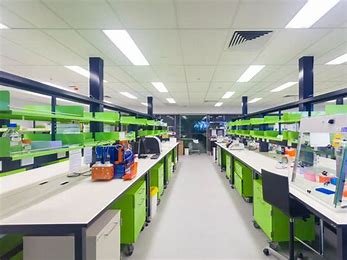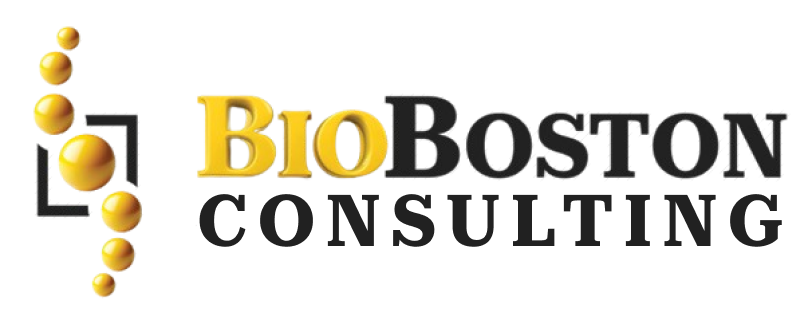Discover effective strategies for controlling microbiological contamination in pharmaceutical manufacturing. Learn about compliance, procedures, and risk management to ensure product safety.
While claiming to be sterile or non-sterile drug products, microbiological contamination is the critical point for control. Manufacturers shall establish and follow written procedures designed to prevent objectionable microorganisms in non-sterile drug products. In the case of a sterile product, additional steps to ensure no microbiological contamination occur will be established, including validation for aseptic techniques and sterilization procedures. These regulations help to identify compromised product quality that can be a significant risk to patients.
Control of Microbiological Contaminations:
21 CFR 211.113 highlights the necessity for adequate written procedures designed to prevent objectionable microorganisms in non-sterile drug products and microbiological contamination in finished drug products.. Now, we will get into the nuts and bolts of how to actually meet these requirements.
Written Procedures:
Documentation: adherence to clear and written procedures is essential for compliance. These protocols need to be carefully constructed and written out so as not to include any objectionable microorganisms or any microbiological contamination. This needs to cover the full spectrum of the manufacturing; from raw material loading to finished goods carton boxing.
Non Sterile Products -Protection against Contamination by objectionable microorganism
Wherever applicable, drug products requiring sterility must be handled in aseptic process with the most effective methods to avoid all objectionable microorganisms. These procedures can then refer to requirements in terms of environmental monitoring, cleaning and sanitisation protocols, personnel hygiene practices and storage conditions for instance. If detected, these potential sites can be addressed before the product becomes contaminated and threatens the quality of products or safety of patients.
Prevention of Microbiological Contamination in Sterile Products
Sterile drug products require even more exacting controls, and an even lower bioburden. The company has procedures in place for each kind of product that prevent microbiological contamination from the beginning to end of production. They must also validate aseptic techniques and sterilization processes among some others. They must provide validation of processing to show that these vital procedures uniformly and sufficiently measure up to the lack or inhibition of microorganisms, subsequently securing the sterility together with reliability of the finished item.
Implementation Strategies:
The rules described in 21 CFR part 211.113 is requires a methodical process and quality assurance-minded implementations. Below are a few strategic ways to ensure you efficiently adhere to these legal requirements.
1. Risk Assessment:
Complete a comprehensive risk assessment of the manufacturing process to determine areas for microbial contamination. It should cover raw materials, equipment, personnel, facilities and all key manufacturing steps. This is a crucial first step towards building smart containment efforts that enable companies to develop corresponding risk strategies.
2. Standard Operating Procedures (SOP)
Create SOPs for All Identified Risks: SOPs must detail the exact directions to be followed at each step of manufacturing such as cleaning, disinfection, aseptic techniques and sterilization processes. It is important that these procedures are formally reviewed, revised and available to anyone authorized for the operation of the manufacturing process.
3. Training and Qualification:
Train all personnel associated with the manufacturing process rigorously in following rules and keeping aseptic conditions. Personnel should be experienced and have their experience assessed through routine training and reviews of performance.
4. Environmental Monitoring:
Enforce rigorous environmental monitoring to identify and manage microbial under the manufacturing plant. This could mean conducting routine air and surface sampling, looking for targeted microorganisms and profiling the data over time to highlight potential hazards that might need mitigating before a problem becomes a crisis.
5. Documentation And Record-Keeping:
Keep detailed records and documentation during the manufacturing process. The applicable sections of the report are batch records, environmental monitoring results, equipment maintenance logs, and any deviations or corrective actions implemented. It also provides evidence of compliance and allows accurate historical references for quality control.
Conclusion
Current Good Manufacturing Practice (CGMP): Baseline FSMA Rule for Preventative Controls Require Written Risk Analyses.. Polishing raw materials, such as those described in 21 CFR part.211.113, is essential to guarantee the quality and safety of pharmaceutical formulations.. Manufacturers can control microbiological contamination by having the right written procedures in place, based on sound risk assessment principles, training well throughout the organization and implementing effective monitoring programs. Being complaint with this regulation shows that the company is a responsible and values public health and helps build consumer trust, as well as trust amongst authoritative entities.
Get in touch with BioBoston Consulting today or explore our website to find out how we can help your company.


